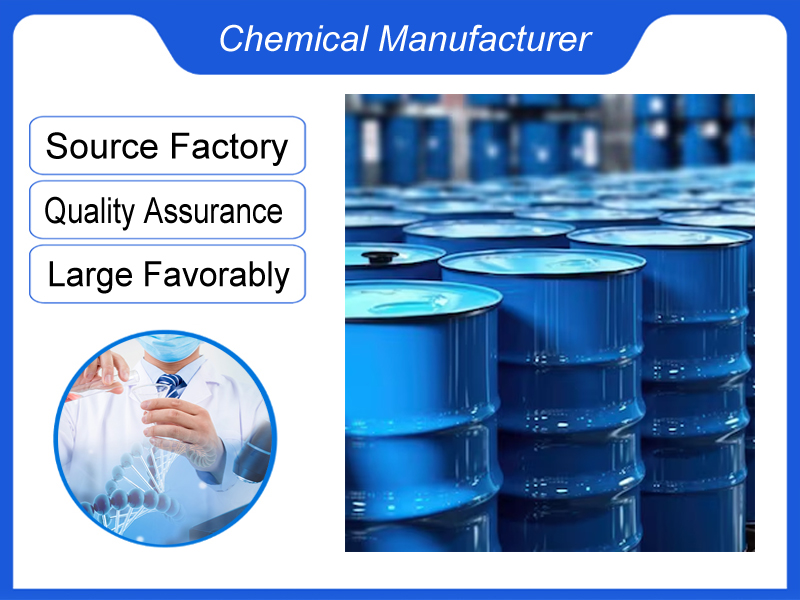
Lead acetate CAS No.301-04-2;15347-57-6
We are a manufacturer based in China. We specialize in providing high-quality Lead acetate CAS No.301-04-2;15347-57-6 for industrial clients across various sectors. Whether you need chemicals consultation or technical support, our team is here to help.
Category:Pharmaceutical Materials Own Brand:MT /MOQ:100KG /From China/ B2B only.
Introduction
CAS No.301-04-2;15347-57-6
Name
lead acetate
Synonyms
bleiacetat
acetic acid
lead acetate
sugar of lead
lead diacetate
salt of saturn
plumbous acetate
lead di(acetate)
lead(ii) acetate
Acetate de plomb
lead(2+) acetate
Lead(II)diacetate
Lead(II) diacetate
lead(2+) diacetate
bleiacetat [german]
normal lead acetate
lead dibasic acetate
dibasic lead acetate
Leadacetateanhydrous
ACETIC ACID LEAD SALT
Diacetic acid lead(II)
rcra waste number u144
acetic acid, lead salt
lead acetate (anhydrous)
acetic acid lead(2+) salt
LeadAcetateBasicAnhydrous
acetic acid, lead(2+) salt
Diacetic acid lead(II) salt
acetic acid, lead(2 +) salt
lead acetate [un1616] [poison]
ACETIC ACID, LEAD SALT TRIHYDRATE
epa pesticide chemical code 048001
| Attribute | Details |
|---|---|
| Chemical Name | Lead Acetate |
| CAS Number | 301-04-2 (anhydrous); 6080-56-4 (trihydrate) |
| Synonyms | Lead(II) Acetate; Acetic Acid Lead(II) Salt; Lead Diacetate; Plumbous Acetate; Lead Acetate Trihydrate (for the trihydrate form) |
| Molecular Formula | Pb(C2H3O2)2 or Pb(OAc)2 (anhydrous); Pb(C2H3O2)2·3H2O (trihydrate) |
| Molecular Weight | 275.24 g/mol (anhydrous); 379.33 g/mol (trihydrate) |
| Appearance | White crystalline powder or colorless crystals (anhydrous); White crystalline compound (trihydrate) |
| Melting Point | 200°C (decomposition) (anhydrous); 75°C (loses water of crystallization) (trihydrate) |
| Solubility | Soluble in water; slightly soluble in ethanol; insoluble in ether |
| Uses | Used in the preparation of various lead salts; as an anti-fouling coating; water quality protectant; pigment filler; paint dryer; fiber dye; and solvent in heavy metal cyanidation processes; also used in cosmetics and for the detection of poisonous gases like hydrogen sulfide |
| Production Methods | Prepared by reacting lead oxide or lead carbonate with acetic acid; commercially available as anhydrous or trihydrate forms |
| Safety Information | May be harmful if swallowed or inhaled; may cause skin irritation and serious eye damage; toxic to aquatic life; handle with caution; wear appropriate personal protective equipment; avoid contact with skin, eyes, and clothing; in case of spill or leak, isolate the area, wear self-contained breathing apparatus, and use dry sand, earth, or inert materials to absorb the spill and prevent spreading; store in a cool, dry, well-ventilated area away from heat, sparks, and incompatible materials. |
Disclaimer: The above content is for reference and communication only among industry insiders, and does not guarantee its accuracy or completeness. According to relevant laws and regulations and the regulations of this website, units or individuals who purchase related items should obtain valid qualifications and qualification conditions.
If you're ready to take the next step, Leave your message below and we’ll reply soon. 20+ years of chemical manufacturing & export experience, a partner you can trust.





